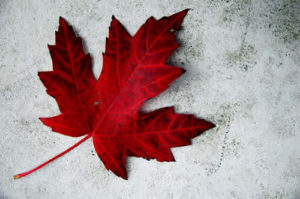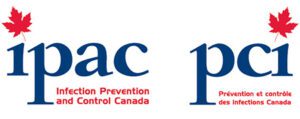Mold – Helpful but with a Dark Side
Mold – Helpful but with a Dark Side
Aspergillus is a genus of imperfect fungi whose specie produce dark brown to blackish or yellow spores, (known perhaps with some hesitation as Toxic Black Mold). It is closely related to the Penicillium molds and is used extensively in industry. One or more species are used commercially for the production from sugar of citric acid, a substance for flavoring foods and for the manufacture of effervescent salts that were originally obtained from oranges. Citric acid is also used in the manufacture of inks and in medicines and it is even used in some chewing gum. Aspergillus fungi also produce Gallic acid used in photographic developers, dyes, and indelible black ink. Other species are used in the production of artificial flavoring and perfume substances, chlorine, alcohols and several acids. Further uses are in the manufacture of plastics, toothpaste, soap and in the silvering of mirrors. One species of Aspergillus is used in Asia and elsewhere to make soy sauce by fermenting soybeans with the fungus. Fermenting soybeans, salt and rice make a Japanese food called miso with the same fungus. More than a million tonnes of miso are consumed annually.
Antibiotic Production
Further, both fungi, (molds), and bacteria produce antibiotics. About 2/3 of antibiotics come from bacteria and about 1/3 come from fungi and artificial sources. Some toxic end products that serve in the bacteria’s chemical warfare production include ammonia, nitrite, methane and ethylene. A lot of toxic substances are a result of their normal metabolism. Here are some examples of parasitism or lyse of fungi by bacteria. Melanin strongly protects fungal / mold cell wall structures by “shielding” susceptible sugars. Examples of molds that produce toxic chemicals warding off bacteria, (in competition for food and space), include, Penicillium, Aspergillum, Acremonium, Cephalosporium, Cladosporium, Fusarium and Tolyposporium. Those that produce useful antibiotics for manufacture include Penicillium, (produces penicillin), Cephalosporium, (produces cephalosporin), and Tolyposporium, (produces cyclosporine).
Competition for Food and Space
The fact that mold is so widespread also means that they frequently share human living quarters, especially in locations that provide ample moisture and nutrients.
Often their presence is harmless and limited to a film of mildew on shower stalls or other moist environments. However in some cases, depending on the amount of contamination and the type of mold, these indoor fungi can also give rise to various medical problems,
A number of specific diseases of both human and animals are caused by Aspergillus species. The diseases, called Aspergilloses, attack the respiratory tract after the spores have been inhaled. One type thrives on and in human ears. Other diseases caused by different genera of imperfect fungi include those responsible for the widespread problem of athlete’s foot and ringworm, for white piedra (a mild disease of beards and mustaches), and for tropical diseases of the hands and feet that cause the limbs to swell in grotesque fashion.

Maple Leaf Mold Inc. is a certified mold / asbestos removal and biological disinfection / air analysis company located in Toronto that uses certified IICRC technicians for all testing and remediation projects.
We are a professionally licensed firm experienced in testing, verifying and removing Mold / Asbestos / Lead and other environmental contaminants as well as providing disinfection services to control and kill biological contaminants.
Call 416-254-7256 to talk with us about your issue anytime.



